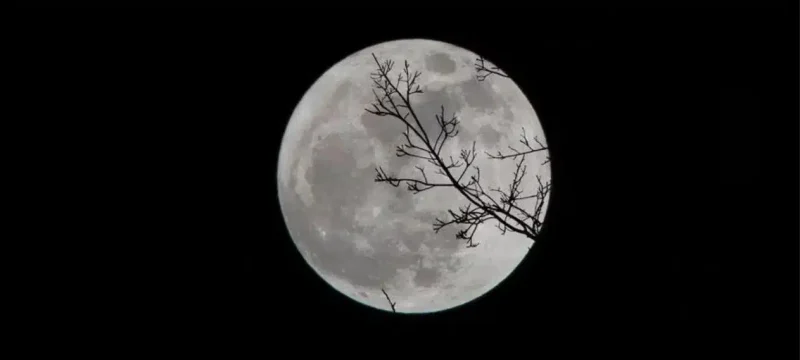The first full moon of the year, known as the “Wolf moon,” is set to illuminate the night sky on Thursday. This celestial event, named after the howling of wolves often heard during winter, typically occurs in January. The Wolf Moon will reach its peak at 12:54 pm ET, with visibility in most of the Northern Hemisphere later in the evening. Moonrise is expected at 4:56 pm, followed by sunset eight minutes later at 5:04 pm.
During this full moon phase, the moon appears as a perfect circle in the sky, illuminated by the Sun’s rays. The moon’s 29.5-day cycle includes various phases, such as new moon, waxing crescent, first quarter, waxing gibbous, full moon, waning gibbous, third quarter, and waning crescent.
Also Read: India Puts Moon Rover to ‘Sleep’ After Successful Mission
In addition to the Wolf Moon, the night sky will showcase other planets illuminated by the full moon’s light. Venus is expected to rise at 5:11 am on Friday, followed by Mercury nearly an hour later at 6:05 am, and Mars at 6:09 am. These planets will be visible early Friday morning, providing celestial enthusiasts with a captivating view.
For those using binoculars, Venus will appear bright just before dawn on Saturday. Mercury, lower in the sky, will be visible 45 minutes before sunrise. Additionally, clear skies may offer gazers a glimpse of Mars, which will be positioned alongside Mercury.
Looking ahead, NASA predicts that the waning moon, the phase between the full and half moon, will pass near Regulus, the brightest star in the Leo constellation, on Saturday morning. This celestial display adds to the beauty of the night sky and provides opportunities for skywatchers to observe various astronomical phenomena.









